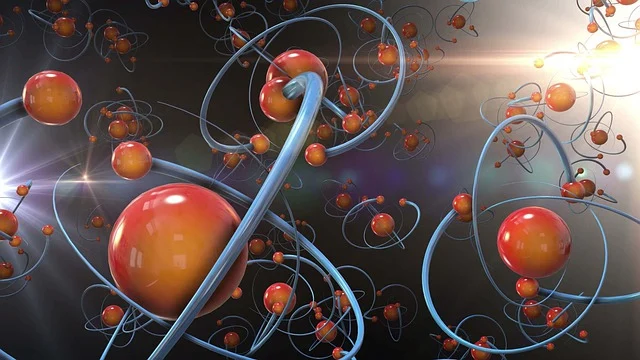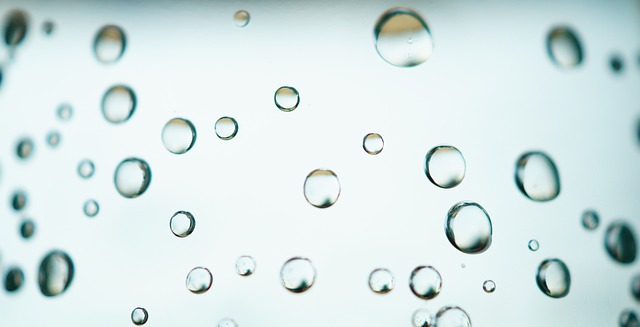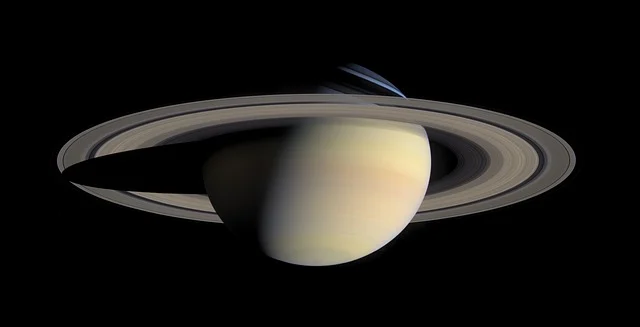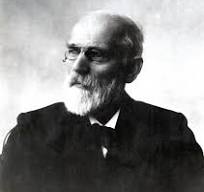Behaviour of Real gases: – The gases which obey the gas laws only at low pressure and high temperature are called the real gases.
Ideal gas law is frequently used in gas studies as to explain how gases behave. Gases do not, always behave optimally in practice, particularly when temperatures are low and pressures are high. The interactions between gas molecules and their finite size are the causes of this anomaly.

Ideal vs. Real Gases
Ideal gases are theoretical substances that follow the ideal gas equation:
PV = nRT
Here:
P is the pressure,
V is the volume,
n is the number of moles,
R is the universal gas constant, and
T is the temperature in Kelvin.
Ideal gases assume that:
1.Gas molecules do not have any volume.
2.There are no intermolecular forces between the gas particles.
Real gases, however, deviate from this ideal behaviour because:
1.Gas molecules occupy a finite volume.
2.There are attractive and repulsive forces between gas molecules.
Conditions for Deviation
1.High Pressure: Gas molecules are pushed closer at high pressures. The deviations from ideal behaviour are the result of finite volume of gas molecules. It is considered in relation to the container’s overall volume.
2.Low Temperature: Gas molecules have low kinetic energy at low temperatures. This leads to deviations from the ideal gas law as the attraction interactions between the molecules become more evident.
Van der Waals Equation
To account for the behaviour of real gases, Johannes Diderik van der Waals modified the ideal gas law. The resulting equation is:
P + a / V2m (Vm−b) = nRT
Here:
P is the pressure,
Vm is the molar volume,
R is the gas constant,
T is the temperature,
a is a measure of intermolecular attraction, and
b accounts for the finite volume of gas molecules.
Van der Waals constant | Significance | Units |
a | Measure of magnitude of attractive force | atm L2 mol-2 |
b | Measure of effective size of the gas molecules | L mol-1 |
Corrections in the equation:
1.a / V2m: This term corrects the pressure by accounting for intermolecular attractions.
2.b: This term corrects the volume by accounting for the finite size of gas molecules.
Compressibility Factor (Z)
Compressibility factor is a measure of how much a real gas deviates from ideal behaviour. It is given by:
Z = PV / nRT
For an ideal gas, Z = 1.
For a real gas, Z can be greater or less than 1:
Z < 1: Dominance of attractive forces.
Z > 1: Dominance of repulsive forces.
Gases show ideal behaviour when the volume occupied is large so that the volume of the molecules can be neglected in comparison to it. In other words, the behaviour of gas becomes more ideal when the pressure is very low.
Upto what pressure a gas follow the ideal gas law, depends upon the nature of the gas and its temperature.
Boyle temperature (or Boyle point) is the temperature at which a real gas obeys ideal gas law over as appreciable range of pressure.
Behaviour of Real Gases at Different Conditions
Low Pressure: Intermolecular forces are least at low pressure because gas molecules are widely separated. Behaviour of real gases similar to ideal gases in this situation.
1.Intermediate Pressure: At moderate pressure, the forces of attraction take over. The ideal gas law predicts, this results in a drop in pressure. (Z < 1).
2.High Pressure: At very high pressure, the volume occupied by gas molecules becomes important. Repulsive forces dominate, therefore Z > 1.
3.Critical Temperature: In this case, on very high pressure also, each gas has a critical temperature above which it cannot liquefy. Non-ideal behaviour of gases is increasing which is visible below the critical temperature.
Liquefaction of Gases
It is mandatory to know about liquefy. The attraction forces between molecules cause a gas to condense and cool, forming a liquid state. The idea of critical constants were used by Andrews’ isotherms.

Applications and Importance of Behaviour of Real Gases
1.Industrial Applications: Gas liquefaction, refrigeration, and pressure vessel design all depend on how actual gases behave
2. Astrophysics: The atmospheres of planets and stars are modeled using real gas behaviour.
3.Chemical Engineering: The design of chemical reactors and storage systems is aided by precise predictions of gas behavior.

Note:-
The study of behaviour of real gases helps us better understanding, even though the ideal gas law gives a actual gas behavior. The van der Waals equations provide a effects of intermolecular interactions and molecular size.

Because of intermolecular forces and the finite space of gas molecules, real gases behave differently from ideal gases. Ideal gases are hypothetical gases that are assumed to have a low molecular volume and no intermolecular interactions. At low temperatures and high pressures, real gases exhibit abnormality.
Real gases deviate from the ideal gas law because:
1. At high pressures, the volume of gas molecules cannot be disregarded due to their finite size.
2. The behavior of gas molecules is influenced by intermolecular forces like attraction and repulsion, particularly at high pressures and low temperatures.
The Van der Waals equation is: P + a / V2m (Vm−b) = RT
It introduces two corrections to the ideal gas law:
1.a / V2m: Accounts for intermolecular attractions by adjusting the pressure.
2. b: Accounts for the finite volume of gas molecules by reducing the available volume.
These corrections make the equation more accurate for real gases.
The compressibility factor( Z) is defined as: Z = PV / nRT
For an ideal gas, Z = 1.
For a real gas:
Z < 1: Attractive forces dominate.
Z > 1: Repulsive forces dominate.